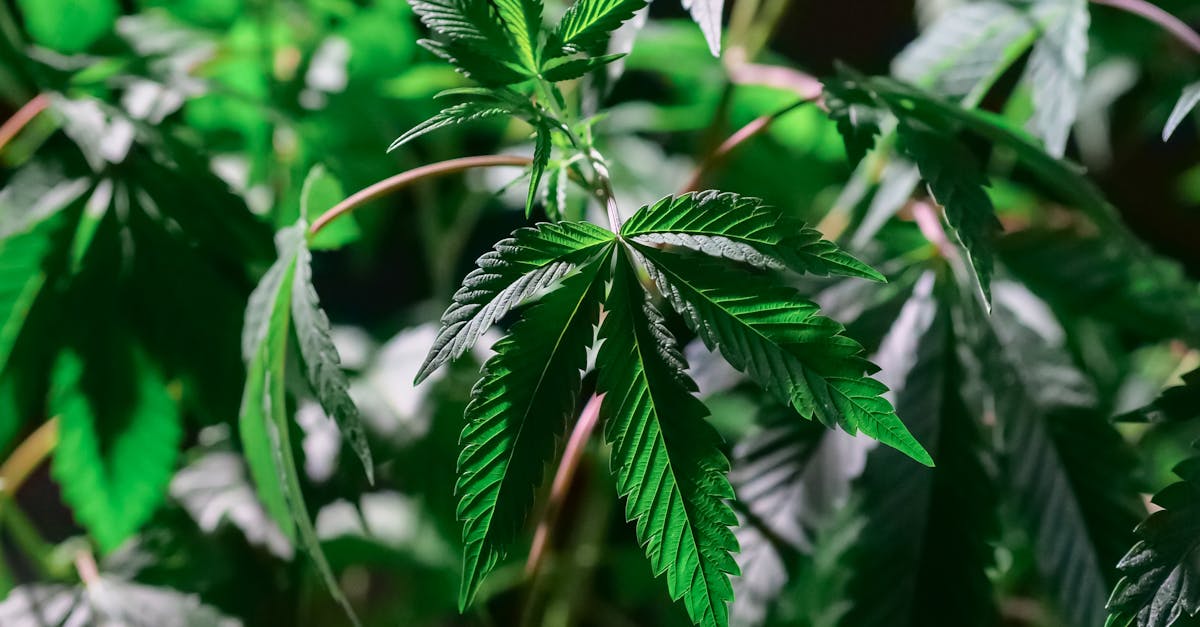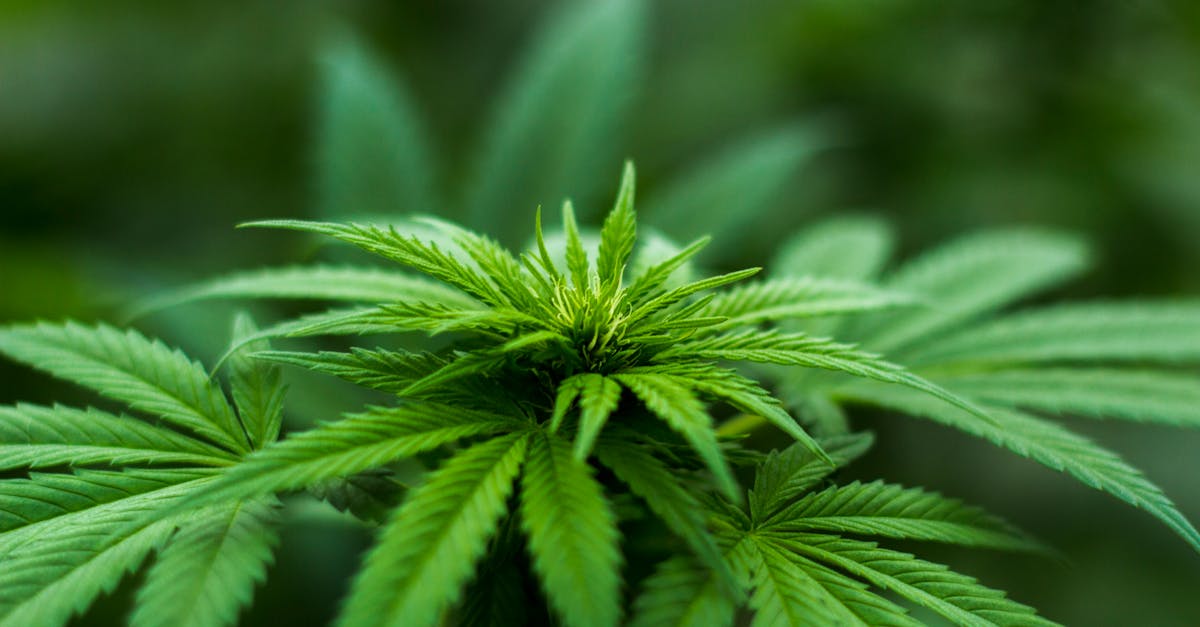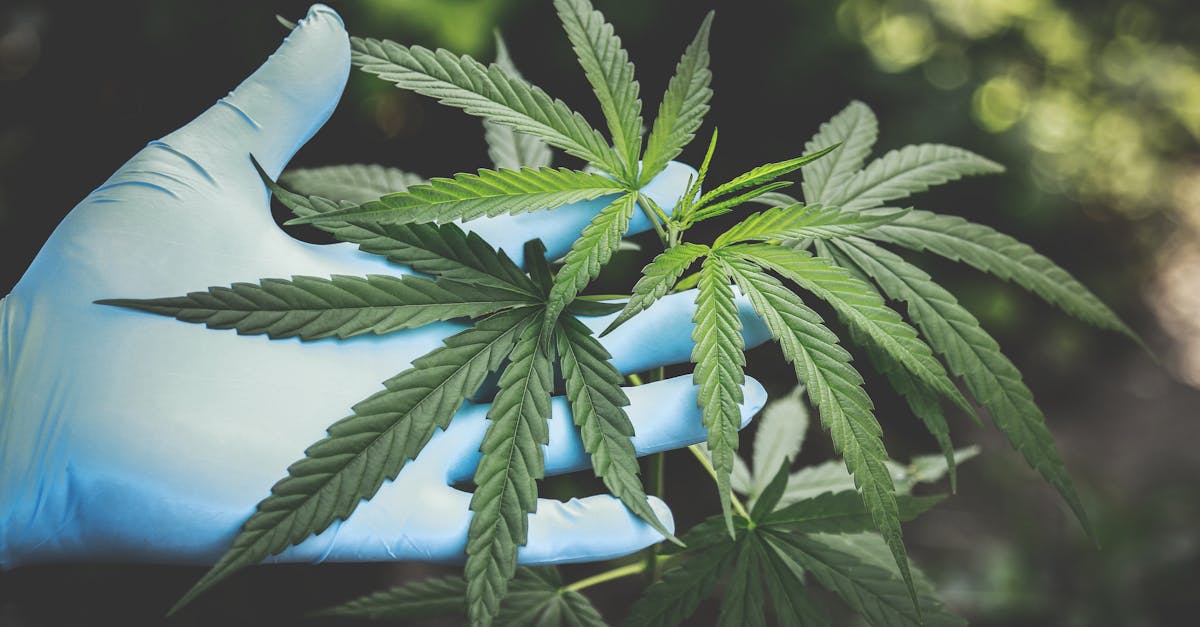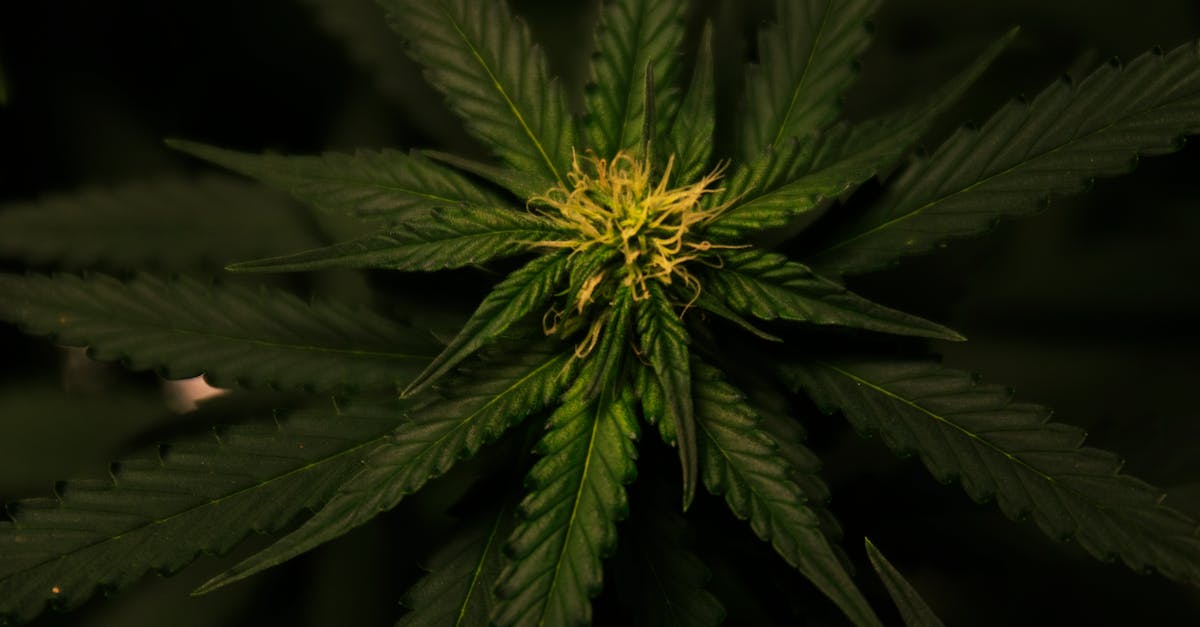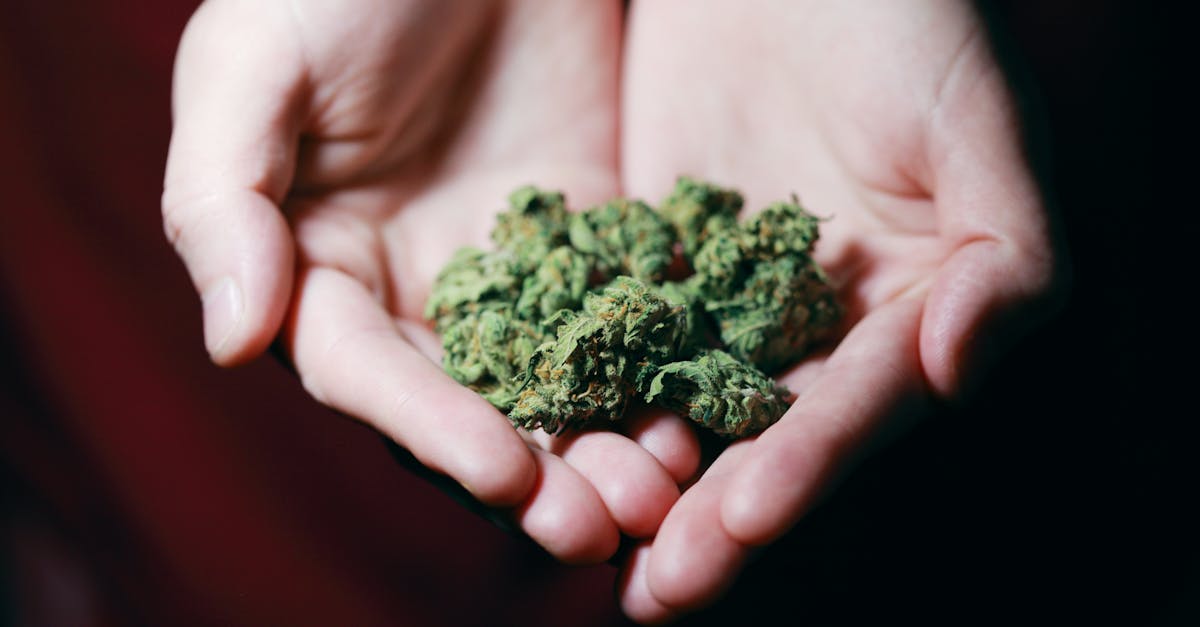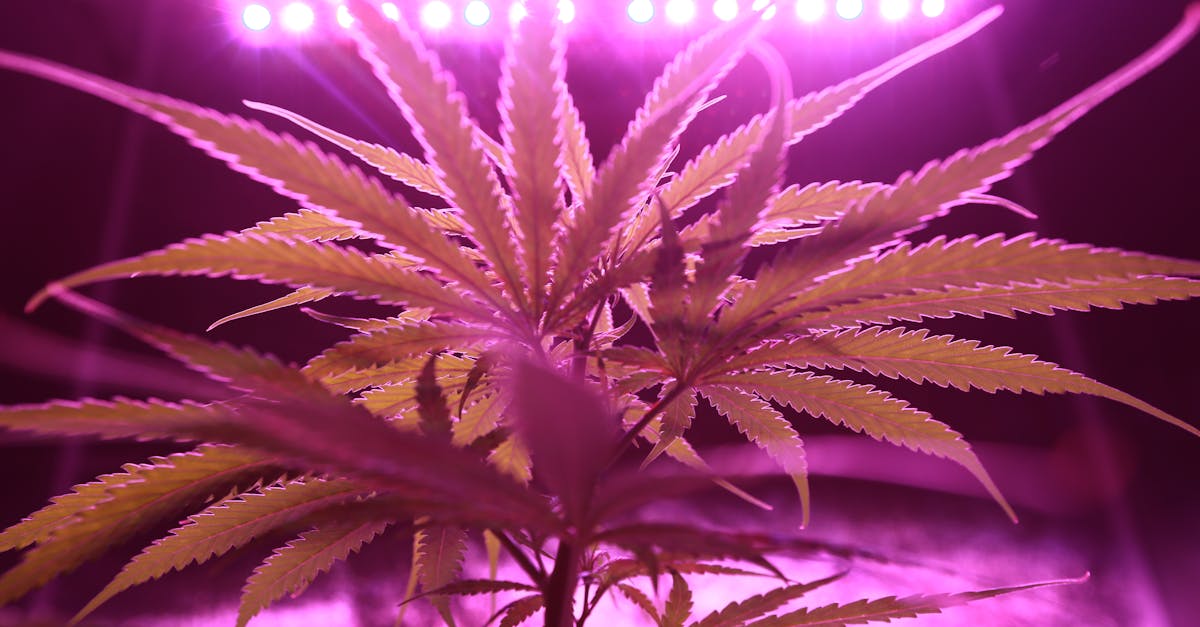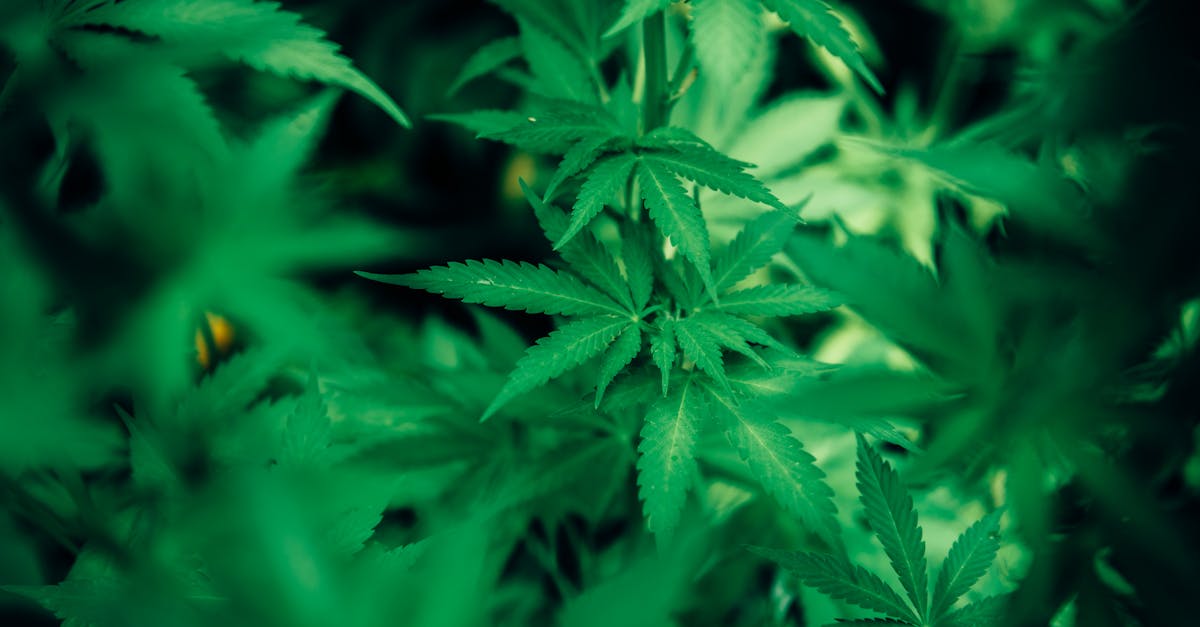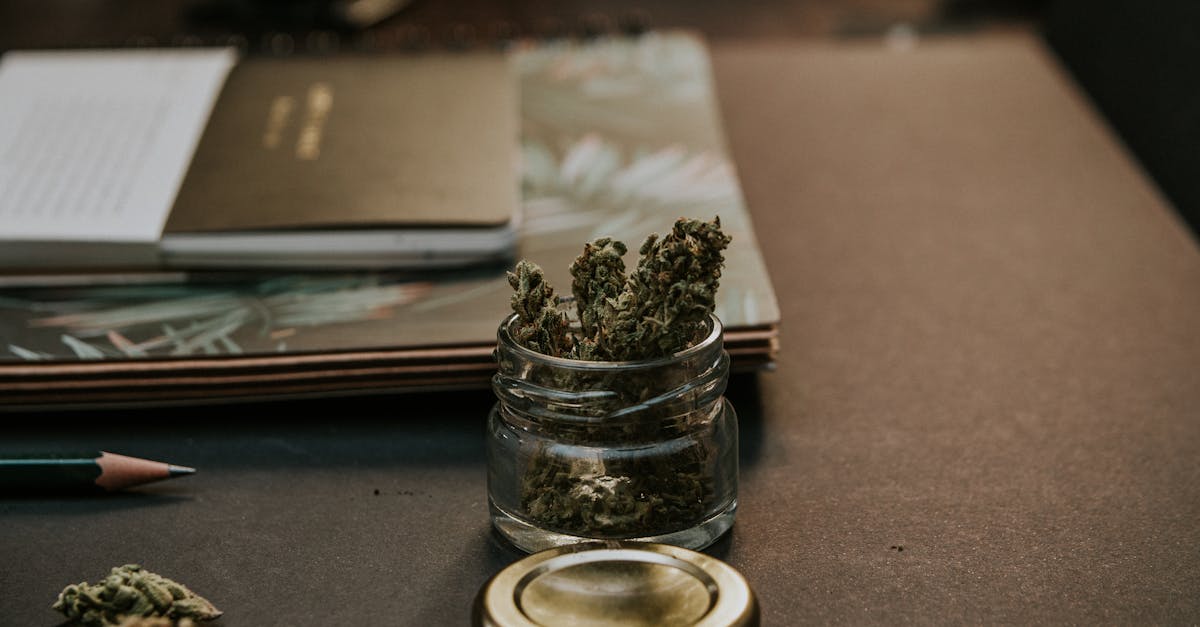
Table Of Contents
Importance of Bud Pollination
Bud pollination plays a crucial role in plant reproduction, as it marks the beginning of the transformation from bud to flower. This process is essential for the continuation of many plant species, including the growth of popular horticultural plants and flowers such as the Cannabis Flower in Markham. Without successful pollination, buds would not develop into fully-formed flowers, ultimately affecting the plant's ability to produce seeds and propagate.
By attracting pollinators such as bees, butterflies, and birds, plants increase the chances of successful bud pollination. These pollinators play a vital role in transferring pollen from one plant to another, facilitating the fertilization process and enabling buds to mature into vibrant blooms. Thus, understanding the importance of bud pollination is key not only for the survival of individual plants but also for the broader ecosystem they support.
Exploring the Role of Pollinators in Flower Reproduction
Pollinators play a vital role in the reproduction of flowers, ensuring the continuation of plant species. Bees, butterflies, birds, and other insects are key pollinators that aid in the transfer of pollen from the stamen to the pistil. This crucial process leads to fertilization and the production of seeds, allowing plants to reproduce and thrive. In ecosystems worldwide, the interaction between pollinators and flowers is a symbiotic relationship that benefits both parties.
In the case of Cannabis Flower in Whitby, pollination is essential for the development of buds that eventually bloom into flowers. The presence of pollinators such as bees is crucial for the successful fertilization of cannabis plants, leading to the production of potent and high-quality buds. Without these pollinators, the flowering process of cannabis plants may be compromised, resulting in lower yields and diminished product quality.
Bud vs. Flower
When examining a plant, it is essential to distinguish between buds and flowers, as each stage plays a vital role in the plant's life cycle. Buds are the undeveloped or embryonic stage of a flower and are typically smaller and more tightly closed. They can be observed as small, compact structures at the tips of branches, containing the potential to bloom. On the other hand, flowers are the fully developed reproductive structures of a plant, often displaying vibrant colours and intricate patterns to attract pollinators for fertilization. It is important to note that each stage - from bud to flower - serves a unique purpose in the plant's reproduction process, ensuring the continuation of its species. For instance, the Cannabis Flower in Ottawa exemplifies this transition beautifully, showcasing the progression from tightly packed buds to fully blossomed flowers that play a crucial role in the plant's reproduction process.
Distinguishing Characteristics Between Buds and Blooms
Buds and flowers are two essential stages in the life cycle of plants, each with distinct characteristics that set them apart visually. A bud is the early stage of a flower before it blooms. In this phase, the bud appears as a tightly closed structure that holds the potential for blooming. Buds can vary in size, shape, and colour, depending on the plant species. They often contain the developing components of the flower, such as petals, sepals, and stamens, encapsulated within protective layers.
Once the bud reaches maturity and favorable conditions are met, it begins to unfurl, revealing the intricate beauty of a flower in full bloom. At this stage, the petals open up, the reproductive organs become visible, and the fragrance and nectar production increase to attract pollinators. The transformation from a bud to a flower is a captivating process that showcases the plant's ability to reproduce and thrive. Understanding the subtle yet crucial differences between buds and blooms can deepen our appreciation for the natural world, from a Cannabis Flower in Thunder Bay to a delicate wildflower in a meadow.
Significance of Bud Development in Gardening
Buds play a crucial role in gardening, especially for those growing plants for their blooms. For gardeners, the sight of a bud forming signifies the imminent arrival of a vibrant flower. This anticipation adds excitement and a sense of accomplishment to the gardening experience. Watching a plant progress from a small bud to a fully blossomed flower is a rewarding process that enhances the overall enjoyment of tending to a garden. The development of buds serves as a visual representation of the plant's growth cycle, making it a significant aspect of gardening practices and a focal point for garden enthusiasts.
In the context of Cannabis Flower in Markham, understanding and nurturing bud development holds particular importance. The size, shape, and health of buds directly impact the quality and quantity of the harvest. For cannabis growers, monitoring and promoting robust bud formation is essential for maximizing yield and potency. By providing the right conditions, such as appropriate lighting, nutrients, and water, gardeners can encourage healthy bud development, ultimately leading to a successful cultivation process. A keen focus on bud development can significantly enhance the final product, making it a critical aspect of gardening practices in the cultivation of Cannabis Flower in Markham.
Tips for Promoting Healthier Bud Formation in Plants
When aiming to enhance bud formation in plants, it is crucial to ensure they are receiving adequate nutrients and sunlight. Plants require a well-balanced diet of essential minerals, such as nitrogen, phosphorus, and potassium, to support healthy bud development. In addition, exposing plants to sufficient sunlight helps stimulate photosynthesis, a vital process for bud growth.
Another key aspect to consider for promoting healthier bud formation in plants is maintaining proper watering practices. Over-watering or under-watering can negatively impact bud development. It is essential to monitor the soil moisture levels regularly and adjust watering frequency accordingly. By implementing these strategies, gardeners can cultivate robust and thriving buds, which are essential for the growth and development of plants like the Cannabis Flower in Vaughan.
FAQS
What is a bud?
A bud is a small swelling on a plant that contains an undeveloped shoot, leaf, or flower.
What is a flower?
A flower is the reproductive structure found in flowering plants, typically consisting of petals, sepals, stamens, and pistils.
How do buds differ from flowers?
Buds are the early stage of a plant's growth where the flower has not yet fully developed, while flowers are the mature reproductive structures of the plant.
Can buds eventually turn into flowers?
Yes, buds go through a process of development where they eventually blossom into flowers.
Are buds important for plant reproduction?
Yes, buds are crucial for plant reproduction as they contain the potential to develop into flowers, which are essential for pollination and seed production.
